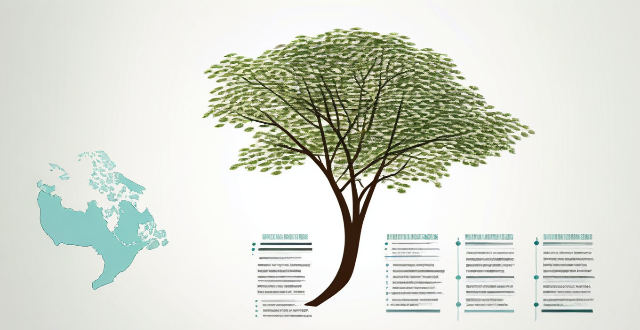Climate justice is a concept that recognizes the disproportionate impacts of climate change on vulnerable populations and communities. It emphasizes the need for equitable solutions that address both the causes and consequences of climate change, ensuring that those most affected by environmental harm have a voice in decision-making processes. Examples of climate justice in action include renewable energy adoption, green infrastructure and natural solutions, climate education and awareness, and climate policy and advocacy. These initiatives aim to mitigate the effects of climate change while building a more equitable society that can thrive amidst changing environmental conditions.

Climate Justice in Action: Examples and Impact
Climate justice is a concept that recognizes the disproportionate impacts of climate change on vulnerable populations and communities. It emphasizes the need for equitable solutions that address both the causes and consequences of climate change, ensuring that those most affected by environmental harm have a voice in decision-making processes. Here are some examples of climate justice in action:
1. Renewable Energy Adoption
Incentives for Low-Income Households
- Solar Power Subsidies: Governments offer subsidies for installing solar panels in low-income households, reducing energy costs and promoting sustainable practices.
- Net Metering Policies: Allowing homeowners to sell excess electricity generated by their solar panels back to the grid at fair prices.
- Energy Efficiency Programs: Providing grants or low-interest loans for energy-efficient upgrades to homes, particularly in disadvantaged neighborhoods.
Community Solar Farms
- Shared Ownership Models: Enabling community members to invest in and share the benefits of local solar farms, regardless of their ability to install panels on their own property.
- Cooperative Development: Forming cooperatives that manage and maintain solar farms, ensuring that profits stay within the community.
2. Green Infrastructure and Natural Solutions
Urban Green Spaces
- Equitable Access: Prioritizing the creation and maintenance of parks and green spaces in underserved areas, providing recreational opportunities and improving air quality.
- Community Gardens: Encouraging urban agriculture as a means of food security and community building, especially in food deserts.
Coastal Protection and Restoration
- Mangrove Planting: Restoring mangrove ecosystems as natural barriers against storm surges, benefiting coastal communities that often lack financial resources for artificial defenses.
- Climate-Adapted Infrastructure: Designing infrastructure such as seawalls and drainage systems with future climate conditions in mind, reducing vulnerability to extreme weather events.
3. Climate Education and Awareness
School Curriculum Integration
- Interdisciplinary Learning: Incorporating climate science into various subjects like geography, biology, and civics, preparing students to understand and engage with climate issues.
- Hands-on Projects: Encouraging projects that involve students in creating sustainability plans for their schools or communities.
Community Workshops and Training
- Skill Development: Offering workshops on topics like permaculture, renewable energy installation, and energy auditing, empowering individuals to take climate action themselves.
- Leadership Programs: Training youth and marginalized group members to become climate advocates and leaders in their communities.
4. Climate Policy and Advocacy
Just Transition Initiatives
- Worker Retraining: Supporting workers from fossil fuel industries through retraining programs that prepare them for jobs in renewable energy or other sectors.
- Economic Diversification: Helping coal-dependent regions develop new economic drivers that are less harmful to the environment and more resilient to climate impacts.
Environmental Justice Legislation
- Policy Inclusivity: Ensuring that environmental policies consider the unique needs and challenges faced by low-income and minority communities.
- Public Participation: Creating channels for public input on climate policies, particularly from affected communities, to shape decisions on infrastructure projects, zoning laws, and conservation efforts.
By focusing on these areas and others like them, climate justice initiatives aim not only to mitigate the effects of climate change but also to build a more equitable society that can thrive amidst changing environmental conditions.